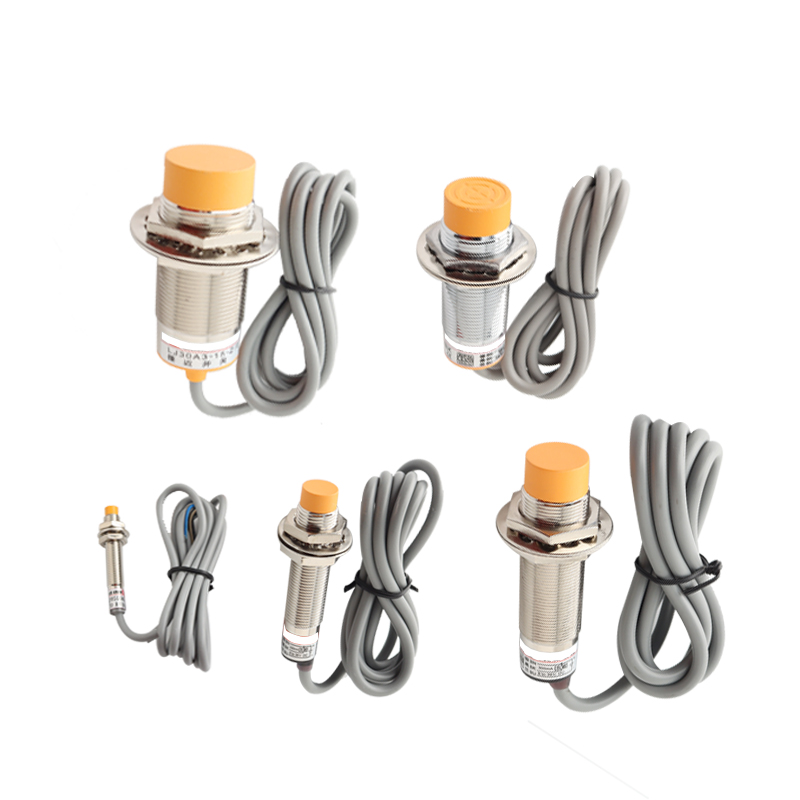Working Principle of Proximity Switch Sensors
Proximity switch sensors, as efficient non-contact detection devices, operate based on sensing specific properties of objects. These sensors can be broadly categorized into several types: inductive, capacitive, and magnetic, each designed for different environments and object properties.
1.Inductive Proximity Switch Sensors
- These sensors are primarily used for detecting metallic objects.
- They work by sensing changes in the electromagnetic field caused by a metal object's presence near their internal coil.
- The disturbance in the electromagnetic field alters the inductance in the sensor, triggering the switch action.
2.Capacitive Proximity Switch Sensors
- Capacitive sensors are suitable for almost all types of materials, including plastics, glass, and wood.
- They detect objects by sensing changes in the electric field between the capacitor plates.
- When an object approaches the sensor, the capacitance changes, and this alteration is detected and converted into an electrical signal.
The unique working mechanisms of these different types of proximity switch sensors allow them to efficiently detect objects of various materials in diverse environments. This versatility and adaptability are key reasons for their widespread popularity in numerous applications.
Main Features of Proximity Switch Sensors
Proximity switch sensors are favored in many industrial and commercial applications due to their following characteristics:
1.High Precision and Reliability
-
Proximity switch sensors offer high accuracy, detecting even minute changes in distance.
-
They respond quickly, instantly detecting the approach of objects.
-
Their design enables stable operation across a variety of environments, including high temperatures, pressures, or corrosive substances.
2.durability
-
As non-contact sensors, they do not wear out due to frequent contact with objects, significantly extending their lifespan.
-
They are usually made of robust materials capable of withstanding harsh environments.
3.Easy to install and maintain
-
These sensors are simple to install, requiring no complex setup or adjustments.
-
Due to their simple construction, proximity switch sensors generally require little maintenance.
4.cost-effectiveness
-
Despite offering high precision and reliability, the cost of proximity switch sensors is relatively low.
-
Their durability means lower maintenance and replacement costs over the long term.
5.Strong adaptability
- Proximity switch sensors can be used with a variety of materials and in different environments, from metallic to non-metallic, and from dry to moist conditions.
These features make proximity switch sensors an essential part of many industrial and commercial applications. They play a significant role in improving production efficiency, ensuring operational safety, and reducing operational costs.
